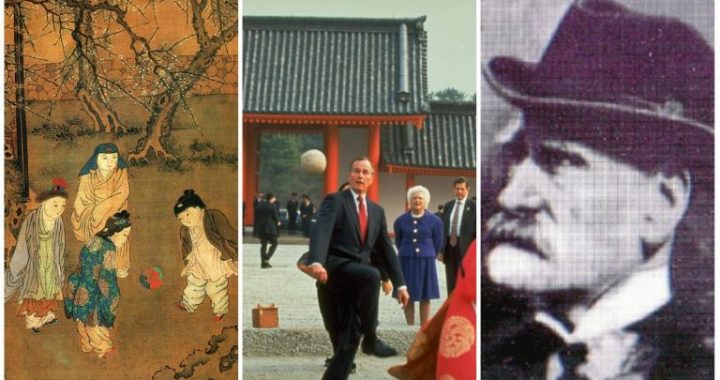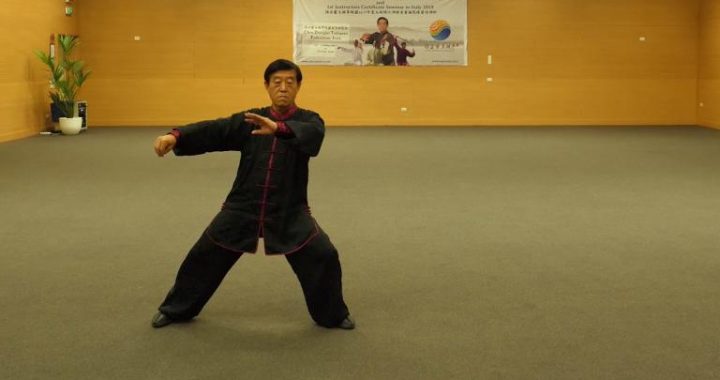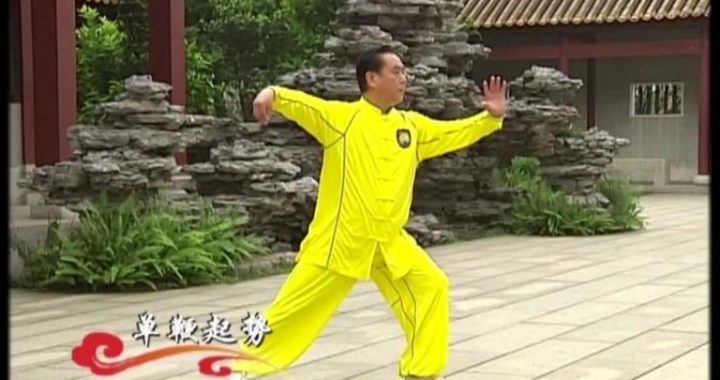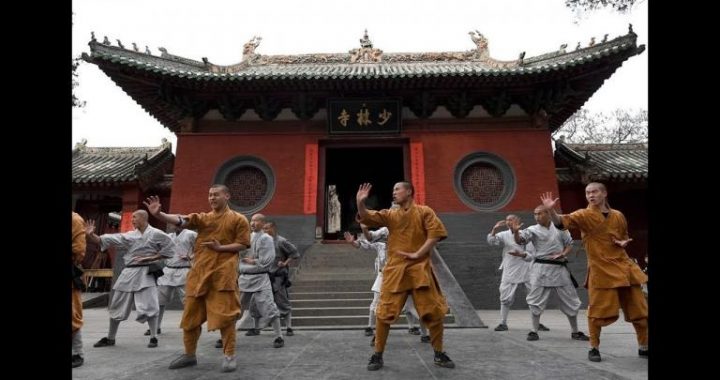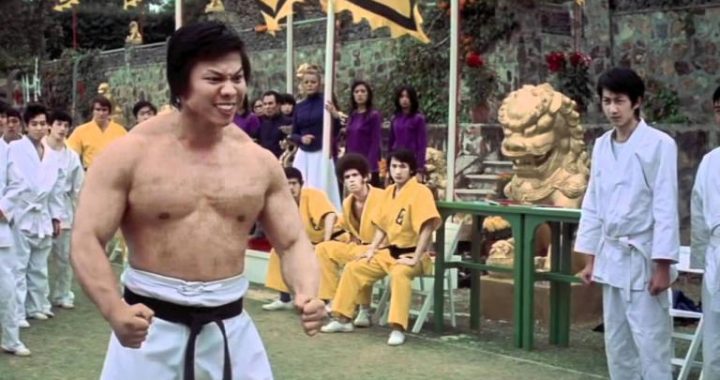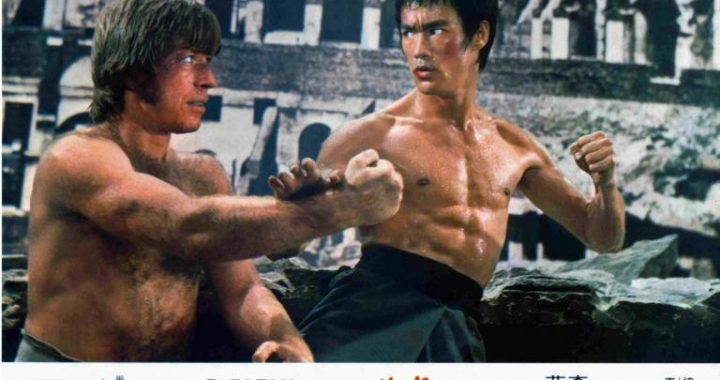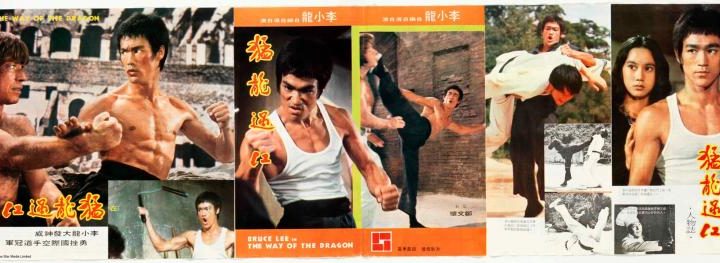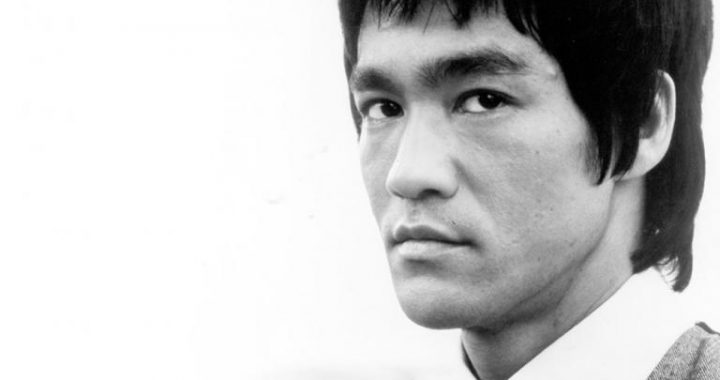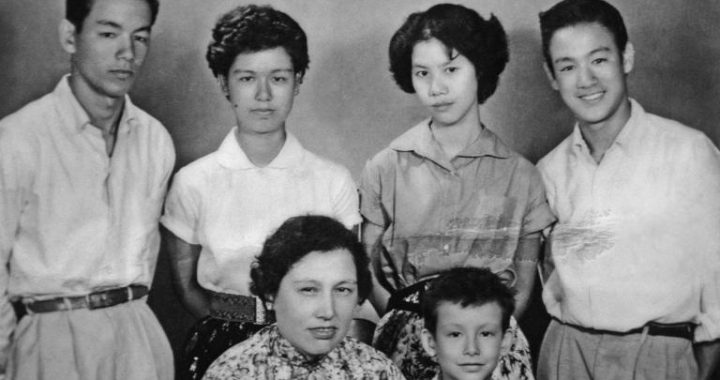Xingyiquan Family
3 min readPortrait of Lu Songgao, master hand of Xingyi Quan Lu Songgao(1873-1961), Hui majority, is the seventh-generation successor of Xingyi Quan by Ma Xueli of Henan and also the founder of Shanghai Xingyi Quan.
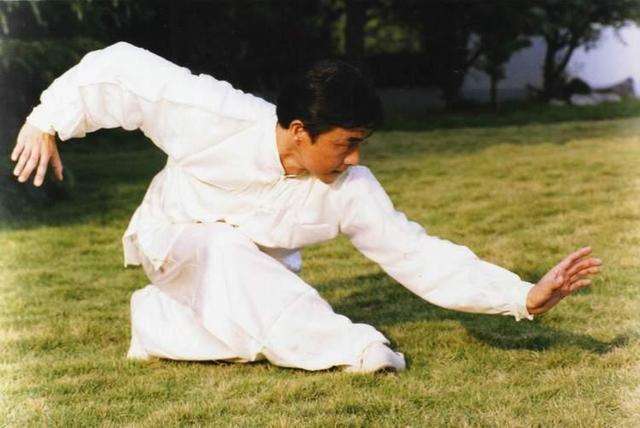
Xingyiquan, and Wudang, Taiji, and Baguaquan are known as the four major boxing schools of internal strength. However, its style relies on fighting and attacking, hard. Like lightning and thunder, it is unique within the internal strength boxing forms.
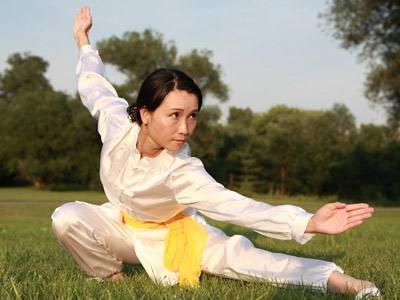
Emerging in the late Ming and early Qing dynasties, Xingyiquan was founded by Ji Jike(1602-1680), born in Puzhou(today’s Yongji), Shanxi. It was believed Jike studied for to years at the Shaolin Temple in Henan during his early years, and he was especially skilled at spearing techniques.
Later, he changed the spear into a fist, taking on the meaning of “mind being the initiation, and form being the destination,”and thus creating Xingyiquan, which is characterized by strength and swiftness.
Years later, three schools gradually derived from Xingyiquan, with increasingly rich contents.
The Shanxi school with Dai Longbang (1713-18o2) as its representative, made an addendum ofWuxingquan, or Fist of the Five Elements; the Hebei school had Li Luoneng(1803-1888) as its representative. Li, born in Shenxian, Hebei province, was mainly engaged in business, and his master was Dai Wenxiong (1769-1861), the younger son of Dai Longbang. With a 1o-year apprenticeship, he was known as “Shenquan Li.”Li created Santi style, and he taught it to many disciples when he returned to his native Hebei, thus establishing the Hebei school. The third school was the Henan school with Ma Xueli(1714-1790), Dai Longbang’s fellow apprentice. Ma was born in Luoyang,a Hui ethnic, most of whose disciples were Hui people. In the early years of the Republic of China, the two schools of Xingyiquan in Hebei and Henan were spread to Sichuan, Anhui, and Shanghai, and then far overseas. The Shanxi school, however, was not widespread, and the final formation of Xingyiquan occurred in the late Qing Dynasty.
New year picture of Yue Fei seizing He Yuanqing, Tianjin, the late Qing Dynasty Yue Fei(1103-1142) was the patriotic general of Southern Song Dynasty, famous for fighting the Jin troops. He Yuanqingfought against Yue Fei and was captured and released by Yue Fei twice. He felt ashamed and surrendered to Yue Fei to fight against Jin troops. He Yuanqing is fighting against Yue Fei in the picture. It is said that Xingyi Quan was created by Yue Fei, but this is groundless.
Xingyiquan is basically a pictographic style, whose main movements copy the predation and self-defense actions of some animals. Therefore, it is called “shape-like and mind-mimic”resembling those of a dragon, tiger, monkey, horse, alligator, chicken, snipe, swallow, snake, eagles, and bear.
The movements of the Shanxi school are mainly based on 12 animals while the Hebei school focuses on 1o animals. In the actual fighting, both the Shanxi and Hebei schools use fists and palms frequently, but the Henan school pays more attention to the functions of the elbows, knees, shoulders and thighs.

Portrait of Wang Xiangzhai
Xingyiquan is powerful, with concise and practical actions while it uniformly focuses on short-term attack.
Xingyiquan also belongs to the Taoism boxing school and focuses on internal strength training.
In the face of enemies, it is required to mobilize the body’s greatest potential to attack enemies with sudden strength, punching with full strength and penetration, often imposing harm on the internal organs of the enemies.
In the 1g2os, Wang Xiangzhai(1885-1963, disciple of Guo Yunshen), born in Shenxian county, Hebei, discarded shapes and secured meanings on the basis of Xingyiquan, creating Yiquan(once called Dachengquan, or boxing of great success). The emergence of Yiquan marks a revolution in Chinese martial arts. Wang Xiangzhai boldly gave up all routines and repaired the tactics of traditional martial arts. Returning to original purity and simplicity, he gave back the primary priority needed to pile strength. Yiquan has no routines or positions. It emphasizes on response as the situation requires. Wang once fought with foreign master-hands on several occasions, only to defeat the rivals with one movement.
Xingyiquan is characterized by simple actions in conformity with actual fighting and the trend of developed martial arts. It therefore spread rapidly. In addition, the heritors of the Xingyiquan family in past generations were less conservative and were also committed to theoretical research. Like the Taijiquan family, it displays potential cultural advantages by showing great vitality.
